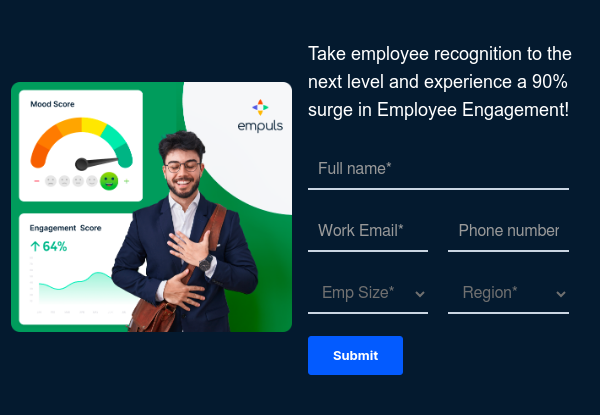Workforce planning encompasses a systematic approach to anticipate and align future staffing needs with the organization's strategic goals. It goes beyond traditional HR functions by integrating workforce data, talent analytics, and organizational strategy to inform decision-making. By forecasting demand and supply of talent, businesses can proactively address skill gaps, mitigate risks, and capitalize on emerging opportunities.
What is workforce planning?
Workforce planning is the process of strategically aligning an organization's human capital with its business goals and objectives. It involves forecasting the future workforce needs of an organization, determining the necessary skills and competencies, and developing strategies to meet those needs efficiently.
























